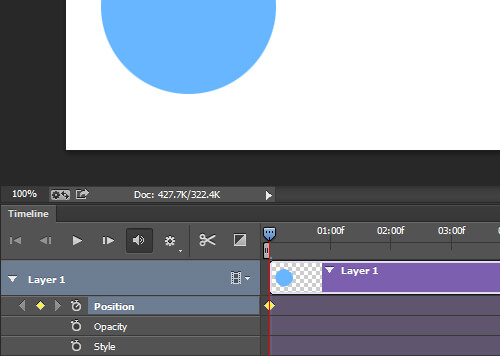


- Adobe cs6 after effects longer timeline work area end for free#
- Adobe cs6 after effects longer timeline work area end software#
Render queue, bezier masking, time remapping, keyframe assistants, multiple effects per layer, velocity graph, motion tracker, motion math, first Japanese version, layer transfer modes, continuously rasterize Illustrator files, Photoshop as comp import with layer/transfer mode/alpha channel support, 3:2 pulldown, non-square pixel support, proxiesįile formats, multiprocessing, advanced keying, wiggler, motion sketch, smoother last Mac 680x0 versionįirst Windows version, contextual menus, first French & German versions in November 1997, Path Text effect and Animated GIF output were released for free to registered users of 3.1 Time Layout window, multi-machine rendering, frame blending Layered compositing with mask, effect, transforms, keyframes Mac only Adobe's first new release of After Effects was version 3.0. CoSA along with After Effects was then acquired by Aldus corporation in July 1993 this company was then acquired by Adobe in 1994, and with it PageMaker and After Effects. Version 2.1 introduced PowerPC acceleration in 1994. Version 1.0 was released in January 1993.
Adobe cs6 after effects longer timeline work area end software#
The items visible at the current time marker are displayed in the Composition panel.Īfter Effects integrates with other Adobe software titles such as Illustrator, Photoshop, Premiere Pro, Encore, Flash, and third-party 3D programs like Cinema 4D and Autodesk 3ds Max HistoryĪfter Effects was originally created by the Company of Science and Art in Providence, RI, USA. Footage items in the Project panel are used in the Timeline panel, where layer order and timing can be adjusted.

The Project panel acts as a bin to import stills, video, and audio footage items. Three of the most commonly used panels are the Project panel, the Composition panel, and the Timeline panel. The main interface consists of several panels (windows in versions prior to After Effects 7.0). Although other compositing packages-especially ones that employ tree or node workflows, such as Nuke are better suited to manage large volumes of objects within a composite, After Effects is able to somewhat counter the clutter by selectively hiding layers (using the Shy switch) or by grouping them into pre-compositions. The layer-oriented system that After Effects adopts is suited for extensive effects work and keyframing. This track-oriented system is more suited for editing and can keep project files much more concise.

In contrast, other NLEs use a system where individual media objects can occupy the same track as long as they do not overlap in time. After Effects allows users to animate, alter and composite media in 2D and 3D space with various built-in tools and third party plug-ins, as well as individual attention to variables like parallax and user-adjustable angle of observation.Īfter Effects and some non-linear editing systems (NLEs) are layer-oriented, meaning that each individual media object (video clip, audio clip, still image, etc.) occupies its own track. Adobe After Effects is primarily used for creating motion graphics and visual effects.


 0 kommentar(er)
0 kommentar(er)
